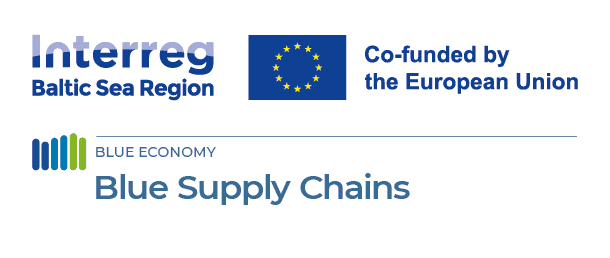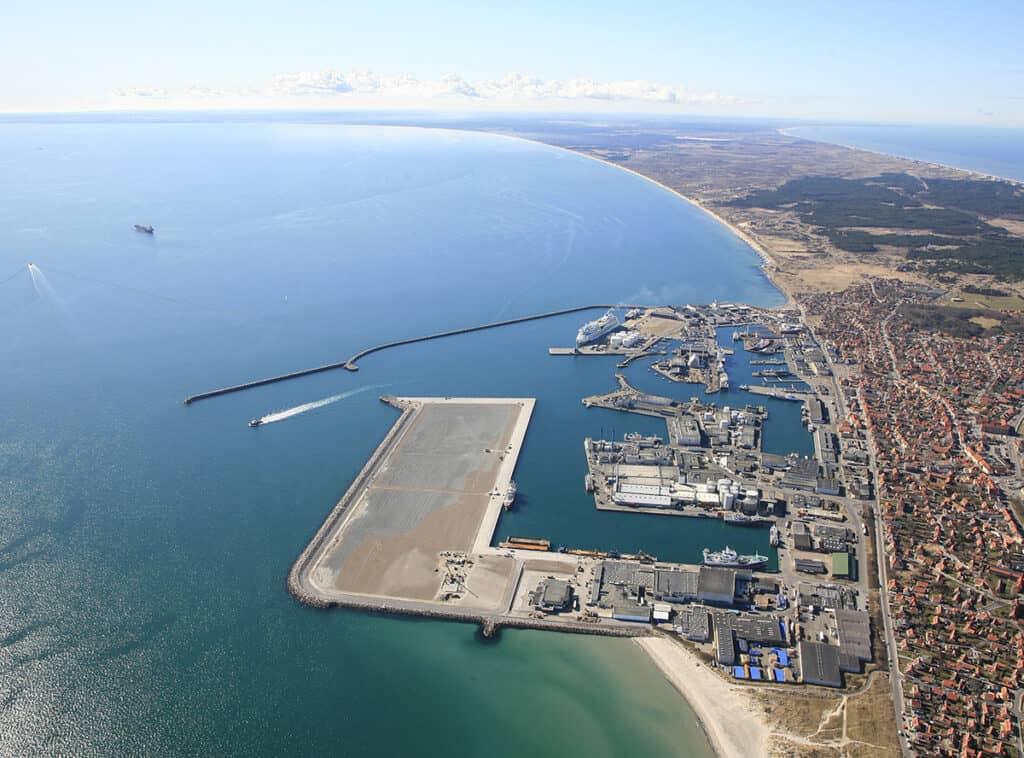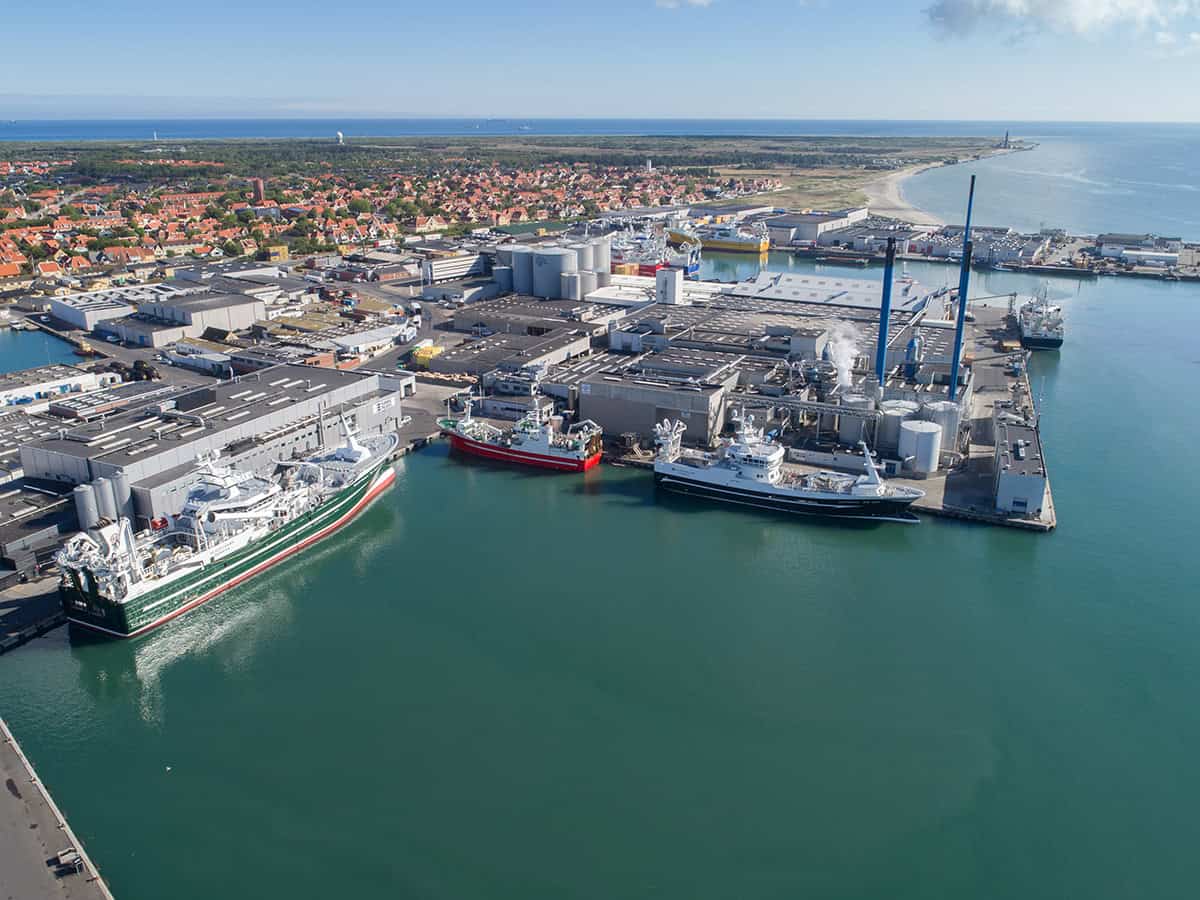
BSC - Project Story: Electric Dreams and a Whole Lotta Fishing
31 July 2024
Some of you may have already visited this gem crowning Denmark’s northern tip, known for its thriving tourist industry. However, while the port enjoys cruise traffic, it is most renowned as the country’s main fishing port – and this is where the high-voltage comes in.

© Port of Skagen
Commitment – an act, not just a word
All the Blue Supply Chains (BSC) project partners are competitive in combating climate change and cutting greenhouse gas (GHG) emissions. The Port of Skagen is no exception, which isn’t surprising given their membership in Danske Havne (Danish Ports). The organization is committed to leading the green transition, aiming to become CO2-neutral by 2030. Skagen takes this pledge very seriously.
With the goal set, it was time to get down to business. The most cost-efficient CO2 reduction measure, best suited to the Port of Skagen, was quickly identified: On-shore power supply (OPS) will play a key role in the zero-emission strategy. This decision was readily accepted and implemented by the fishing industry.
A quick explanation for those of our readers who are unfamiliar with OPS: as per the definition set by the European Alternative Fuels Observatory, OPS systems enable vessels to shut down their engines while at the quayside as they are connected to an electrical onshore power source.
Riding the lightning
As part of the BSC project, the port plans to expand the existing OPS facilities to make it available to bigger vessels, as well as enhance the shore power capabilities for fish processing and unloading. The port is also a part of the Green Supply Chains (GSC) project, funded by Interreg North Sea, aimed at providing synergies on green fuel and electrification strategies from port regions. This will further expand their OPS services.
The new OPS infrastructure will be located in a new port area and consist of nine 350A outlets, with various voltage levels (400V to 690V) and frequencies (50Hz or 60Hz).
The OPS systems were also studied by other BSC project partners, such as the University of Gdańsk and Rostock Port, to provide a comprehensive view of the current status in the Baltic Sea Region. This included perspectives from various ports of different sizes and cargo groups, recognizing that a one-size-fits-all approach is often ineffective. Gathering information from diverse ports, especially those handling different kinds of cargo besides fish, is crucial for developing tailored solutions that meet specific needs.
Transferability was a significant focus of the study, considering factors such as technical adaptability, environmental impact, economic benefits, and regulatory compliance. The aim was to enable other medium and small ports to benefit from the pilot project results. The draft report has been finalized and is currently under review. For the Port of Skagen, the tender process for OPS system installation has been completed, and the final decision regarding its location has been made. The system is expected to be delivered in 2025, and we will keep you updated on the progress, ensuring you don’t miss the initial tests!
The information above is just scratching the surface. You can read a more in-depth summary, filled with technical details related to the design and challenges the team has overcome in a dedicated section on the BSC website.







